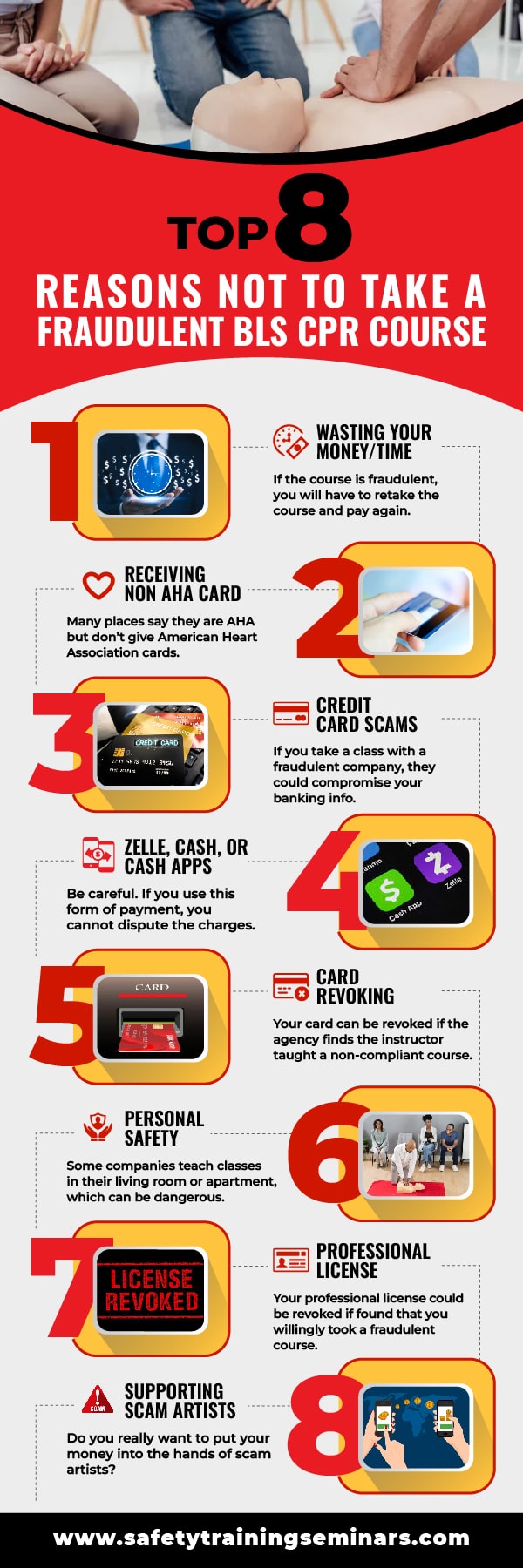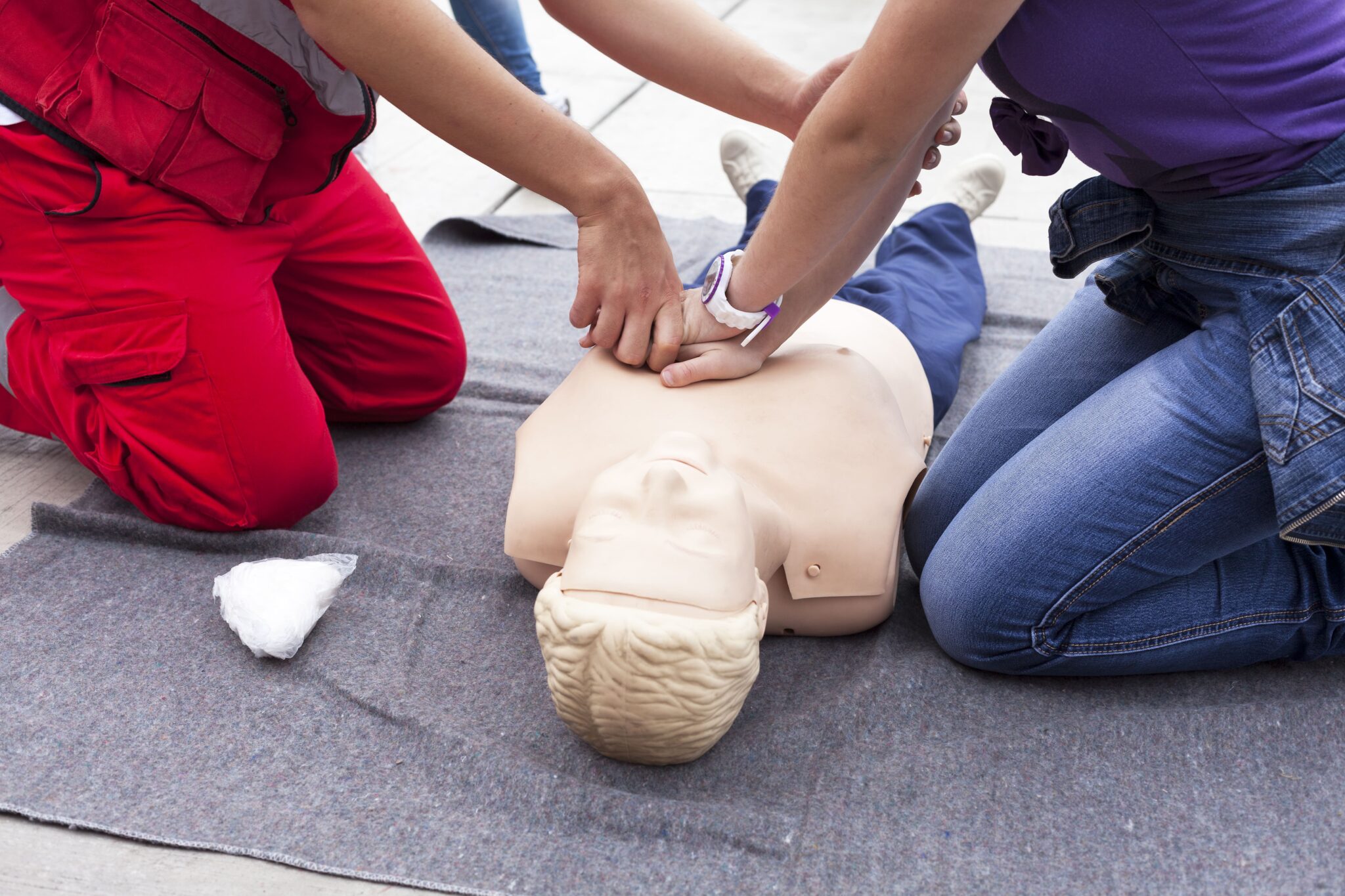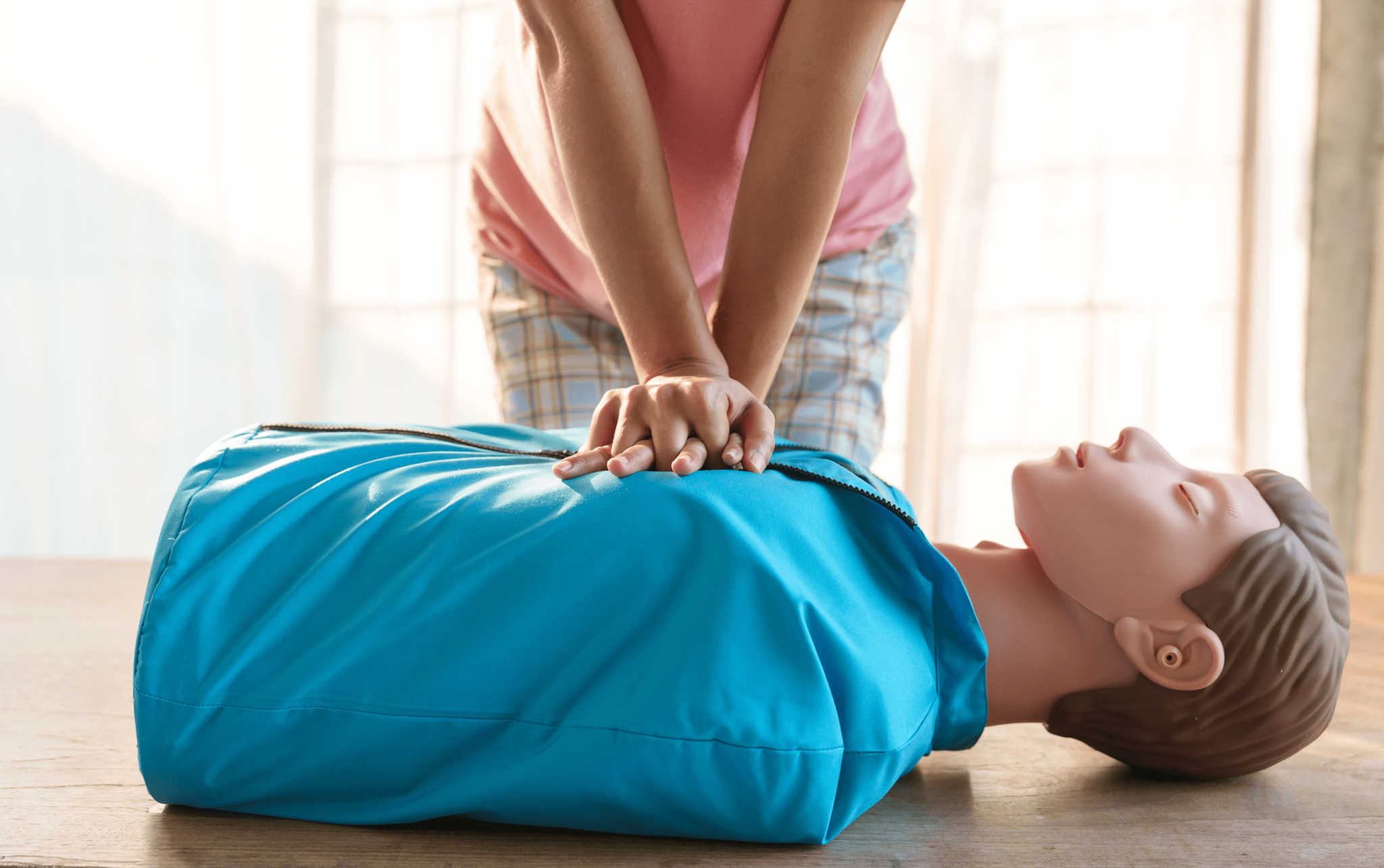Why Cutting Corners Could Cost You Your Money, License, and Safety
In the healthcare industry, Basic Life Support (BLS) and CPR training is not just a requirement — it’s a responsibility. Professionals rely on these certifications to meet job requirements and, more importantly, to save lives. However, the rise of fraudulent CPR training courses has created a growing concern. These fake classes are often marketed as American Heart Association (AHA) courses but fail to meet the rigorous standards set by the AHA. Below are the top eight reasons you should never take a fraudulent BLS CPR course.
1. Wasting Your Money and Time
Fraudulent courses may seem like a bargain at first, but they often result in double the cost and effort. Many people who unknowingly take one of these courses end up having to retake a legitimate AHA class to meet their employer’s standards or state regulations. That means you’re not only wasting your hard-earned money on the fake course — you’ll also spend more time and money repeating the training correctly. In the end, that “cheap and easy” class becomes far more expensive than doing it right the first time.
2. Receiving a Non-AHA Card
One of the most deceptive practices is when these courses falsely claim to be affiliated with the American Heart Association. They may even display AHA logos on their website or promotional materials. But after the class, participants receive a card that is not issued by the AHA. Employers, hospitals, and licensing boards often verify certifications directly with the AHA, and if your card doesn’t check out, you’ll be forced to retake a valid course — or worse, lose your job or license.
3. Risk of Credit Card Scams
Registering for a class through a fraudulent company puts your financial information at risk. Scammers often use fake websites or suspicious payment platforms to steal your credit card details. Some even continue to charge your card long after the course has ended. Unlike legitimate organizations that use secure payment processing systems, these scam operations may operate without encryption or any security protocols. By trusting them with your card, you open yourself up to unauthorized charges, identity theft, and financial loss.
4. Using Zelle, Cash, or Cash Apps — Buyer Beware
Scam CPR training centers frequently ask for payment through platforms like Zelle, Venmo, Cash App, or even physical cash. These methods are nearly impossible to dispute or reverse once the money has been sent. If something goes wrong — like the class is canceled, or the card you receive is rejected — you have no recourse. Reputable AHA training centers use traceable and secure payment methods like credit cards or verified merchant accounts to protect both you and themselves.
5. Card Revoking by the AHA
Even if you do manage to get a card that looks legitimate, the American Heart Association reserves the right to revoke certification cards if it discovers that the course was non-compliant or taught by an unapproved instructor. All AHA instructors must follow specific protocols and use high-quality manikins with real-time feedback. If the instructor cut corners, skipped skills testing, or didn’t meet AHA guidelines, your certification can be invalidated. Imagine presenting a revoked CPR card to your employer — it could be career-ending.
6. Personal Safety Risks
Believe it or not, some fake CPR classes are taught in private apartments, living rooms, or random buildings with no signage or professional oversight. Walking into a stranger’s home for a certification course is not only unprofessional — it’s dangerous. Legitimate AHA training centers are held in safe, licensed facilities that meet local health, safety, and fire codes. Protect yourself by ensuring the location of your course is a proper training site, not someone’s couch or kitchen.
7. Threat to Your Professional License
Healthcare workers, childcare providers, and others who are required to hold valid CPR certification can face serious consequences if they knowingly present a fraudulent card. Licensing boards may view this as an ethical violation or a form of misrepresentation. Depending on your profession and governing body, this could lead to suspension or even revocation of your license. In short, taking the wrong CPR class could end your career.
8. Supporting Scam Artists
When you pay for a fraudulent class, you’re not just hurting yourself — you’re enabling scammers to continue deceiving others. These individuals profit from cutting corners and misleading people who are trying to do the right thing. By giving them your money, you’re helping them grow their operations and trick more people out of their time, money, and safety. The right thing to do is to report suspicious courses to the AHA or local authorities and choose verified, ethical training centers.
How to Protect Yourself
To avoid being a victim of CPR course fraud, always verify that the course is officially offered by an American Heart Association training center. You can check on the AHA’s website or contact their customer support to confirm. Be cautious of websites or social media ads that offer unusually cheap prices or promise instant certification without hands-on practice. No AHA course is 100% online — all require a skills assessment using a feedback manikin.
Also, trust your instincts. If a class seems too quick, too cheap, or too informal, it probably is. Ask to see the instructor’s AHA ID number or request the location of the training site. If they hesitate or get defensive, it’s a red flag.
Final Thoughts
Your CPR certification is more than just a piece of paper — it’s a critical credential that could one day help save a life. Don’t risk your safety, your job, or your professional integrity by cutting corners. Taking a fraudulent CPR course may seem like an easy way out, but it comes with serious consequences. Do the right thing: choose a certified AHA training center, take the time to learn the skills properly, and walk away with a card — and confidence — you can trust.








